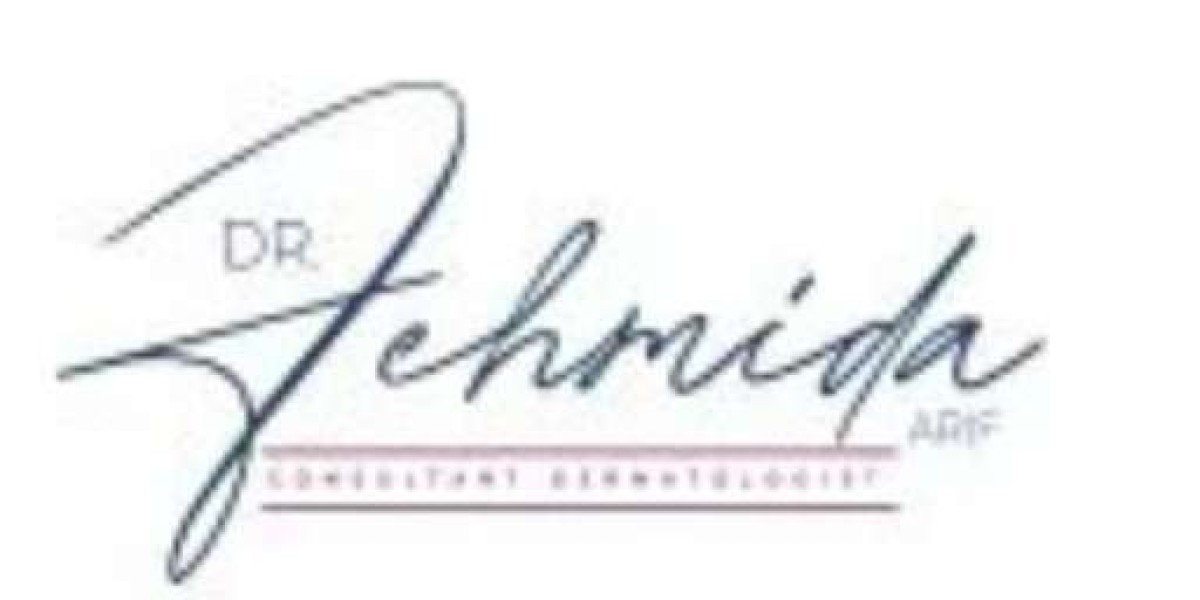Platelet-Rich Plasma (PRP) therapy is a cutting-edge medical treatment that harnesses the body's own healing capabilities. By concentrating platelets from a small sample of the patient’s blood, PRP delivers growth factors directly to injured or aging tissues. This natural approach stimulates tissue repair, reduces inflammation, and accelerates recovery without the use of drugs or synthetic chemicals.
How PRP Therapy Works: The Science Behind the Healing
PRP contains a high concentration of platelets, which are rich in growth factors essential for cell regeneration and repair. When injected into targeted areas, these growth factors activate stem cells and promote collagen production. This biological cascade helps rejuvenate skin, heal wounds, repair joints, and even stimulate hair growth, making PRP a versatile treatment option across various medical fields.
Common Applications of PRP in Medicine and Aesthetics
PRP therapy has gained popularity in orthopedics for treating tendon injuries, arthritis, and muscle strains. In dermatology and cosmetic medicine, it is widely used for facial rejuvenation, reducing wrinkles, and improving skin texture. Additionally, PRP is a promising solution for hair loss, where it helps stimulate dormant follicles to encourage new hair growth, offering a natural alternative to hair transplants.
What to Expect During a PRP Treatment Session
The PRP procedure begins with drawing a small amount of blood from the patient, which is then spun in a centrifuge to separate the platelet-rich plasma. The concentrated PRP is injected into the treatment area using fine needles. Sessions typically last 30 to 60 minutes, and patients might experience mild discomfort or swelling, but overall recovery time is minimal, allowing for a quick return to daily activities.
Is PRP Therapy Safe and Who Can Benefit the Most?
Since PRP uses the patient’s own blood, the risk of allergic reactions or infections is very low, making it a safe option for many. However, it may not be suitable for individuals with certain blood disorders or infections. Consulting with a qualified healthcare provider is essential to determine if PRP therapy fits one’s specific needs and health conditions. As research continues, PRP remains a promising, natural method for enhancing healing and regeneration.



